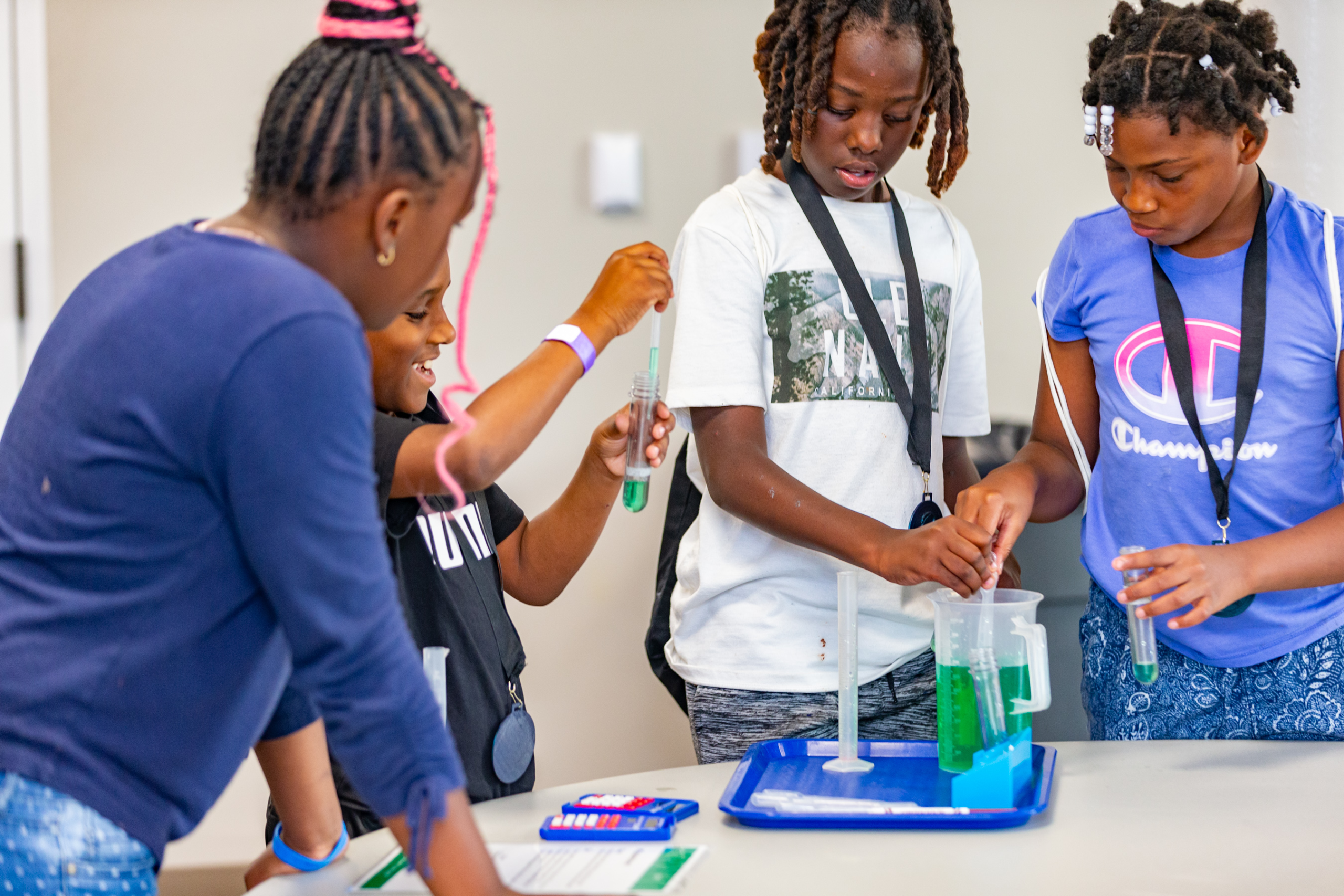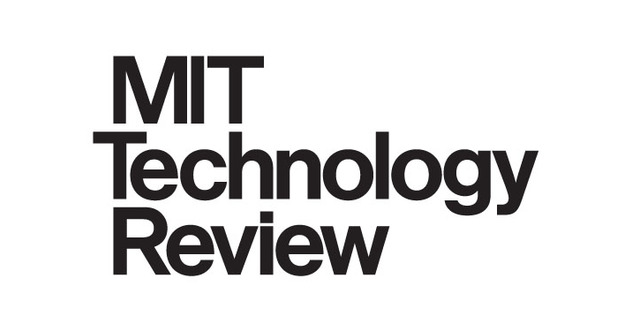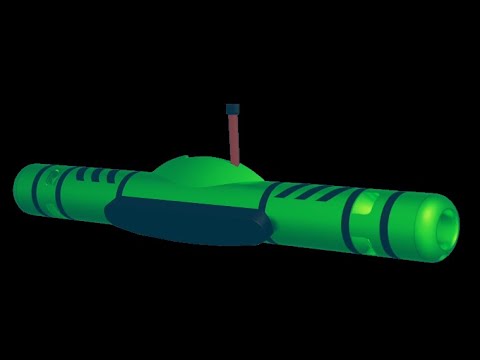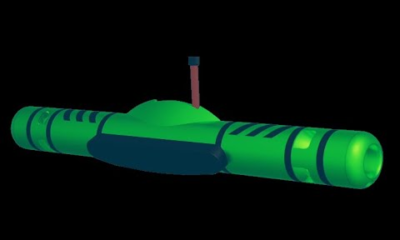Tech News
NASA Awards Promote Science, Technology, Engineering, Math Nationwide – NASA

4 min read
NASA is awarding approximately $3.7 million to 17 museums, science centers, and other informal education institutions as part of an initiative to ignite STEM excitement. The money will go toward projects that inspire students and their learning support systems to take an active role in the wonder of science, technology, engineering, and math.
“We’re excited to grow the community of informal education organizations through these awards,” said Torry Johnson, deputy associate administrator of STEM Engagement Programs at NASA Headquarters in Washington. “These organizations bring the excitement of STEM and spaceflight to students where they are, helping us inspire the Artemis Generation of future explorers and innovators. These awards are a real catalyst for partnerships that connect STEM education and NASA’s missions to communities across the nation.”
Projects were selected for NASA’s Teams Engaging Affiliated Museums and Informal Institutions (TEAM II) program and TEAM II Community Anchor Awards. Both are funded through NASA’s Next Generation STEM project, which supports kindergarten to grade 12 students, caregivers, and formal and informal educators in engaging the Artemis Generation in the agency’s missions and discoveries. The selected projects will particularly engage students from underserved communities in a variety of STEM learning opportunities including exhibits, mentorship, educational content, and hands-on activities.
TEAM II Awards
NASA’s vision for TEAM II is to enhance the capability of informal education institutions to host NASA-based learning activities while increasing the institutions’ capacity to bring NASA resources to students. The agency has selected four institutions to receive approximately $3.2 million in cooperative agreements for projects they will implement during the next three to four years.
The selected institutions and their proposed projects are:
Community Anchor Awards
The designation as a Community Anchor recognizes institutions as locations that will bring NASA STEM and space science to students and families in traditionally underserved areas. The agency has selected 13 institutions to receive approximately $510,000 in grants to help make these one-to-two-year projects a reality, enhancing the local impact and strengthening their ability to build sustainable connections between their communities and NASA.
The selected institutions and their proposed projects are:
Next Gen STEM is a project within NASA’s Office of STEM Engagement, which develops unique resources and experiences to spark student interest in STEM and build a skilled and diverse next generation workforce.
For the latest NASA STEM events, activities, and news, visit:
https://stem.nasa.gov
-end-
Gerelle Dodson
Headquarters, Washington
202-358-4637
[email protected]
NASA explores the unknown in air and space, innovates for the benefit of humanity, and inspires the world through discovery.
Tech News
Neuralink: Chip adjustment after malfunction improved cursor movement – USA TODAY
There have been some issues with Neuralink’s brain-computer interface device, or brain chip since it was implanted in its first human patient, the company said in a blog post.
It’s been about eight months since the tech startup owned and co-founded by Elon Musk first announced that the company was seeking participants for its first clinical trial, and about a year since it received FDA approval to start implanting the BCI device in humans.
The idea and ultimate goal of the software is to grant people with paralysis the ability to control a computer cursor or keyboard by thought alone.
The process is said to be going “extremely well” so far, with Neuralink reporting that Noland Arbaugh, the company’s first human participant was able to go home the day after the chip was implanted.
But Neuralink scientists have noticed some issues, writing that “some of the device’s electrode-studded threads started retracting from the brain tissue” in February, a month after it was surgically implanted.
Here’s what we know.
The retraction of the electrode-studded threads from Arbaugh’s brain caused a malfunction, impacting the his ability to quickly and accurately control the computer’s cursor.
Neuralink addressed this issue, modifying the “recording algorithm” to be more sensitive to the flow of signals between clusters of nerve cells in the brain.
And also “improved” the techniques used to translate those signals into cursor movements.
Neuralink’s fixes “produced a rapid and sustained improvement in BPS, that has now superseded Noland’s initial performance,” the blog post said. BPS, or bits-per-second is a standard used to measure speed and accuracy of cursor control.
Arbaugh’s experience with the “link” is closely monitored, participating in research sessions for up to 8 hours a day. The device is being used a total of 69 hours over the course of a week, broken up in 35 hours of structured sessions and 34 hours for personal use and recreation.
“In the weeks since his surgery, Noland has used the Link to control his laptop from various positions, including while lying down in bed. He plays online computer games with friends (Chess, Civilization VI), browses the internet, live streams, and uses other applications on his MacBook, all by controlling a cursor with his mind,” the Neuralink blog post said.
With the issue of electrode-studded thread retraction resolved, the post said Neuralink scientists are currently working to “push cursor control performance to the same level as that of able-bodied individuals.”
As well expanding the link’s functionality to include text entry, which in the future could enable the control of “robotic arms, wheelchairs, and other technologies” to help people living with quadriplegia.
“I think it [the technology should give a lot of people a lot of hope for what this thing can do for them, first and foremost their gaming experience, but then that’ll translate into so much more and I think that’s awesome,” according to Arbaugh, who is quoted in the blog.
Tech News
MIT Technology Review's Future Compute event starts May 21 – PR Newswire

Searching for your content…
In-Language News
Contact Us
888-776-0942
from 8 AM – 10 PM ET
News provided by
May 14, 2024, 09:00 ET
Share this article
MIT Technology Review’s one-day digital leadership forum gathers in-person and online audiences to explore the transformative power of generative AI for business leaders.
CAMBRIDGE, Mass., May 14, 2024 /PRNewswire/ — Future Compute, MIT Technology Review’s executive classroom for digital leadership, returns to the MIT campus next week in-person and virtually on May 21, 2024 for a one-day, nearly sold-out, exclusive assembly revealing emerging technologies and strategies that will drive transformational change across industries.
With generative AI at the center of every business and digital transformation decision, this year’s Future Compute theme, “Digital Leadership,” examines what business leaders need to learn and how to adapt in an ever-changing landscape of emerging technologies driven by generative AI.
Sessions of note to cover these questions include leaders and speakers across industries and institutions forging the path ahead.
Curated and led by MIT Technology Review’s award-winning editorial team, this year’s Future Compute looks at emerging technologies, agile strategies, and their impact on digital transformation. Mat Honan, MIT Technology Review’s editor in chief, will be kick off the day with opening remarks on harnessing the power of AI. Honan will be joined on stage by Amy Nordrum, executive editor, and James O’Donnell, AI and hardware reporter.
Registration is now open. To secure your spot on the MIT campus or to join online, visit FutureComputeMIT.com. Attendees can take part in Future Compute as well as MIT Technology Review’s signature AI conference, EmTech Digital, with a bundled in-person or online package.
For more detailed information: Future Compute Agenda and Future Compute Registration.
Members of the press may obtain additional information by emailing: [email protected].
About MIT Technology Review
MIT Technology Review is an independent media company owned by MIT. Established in 1899, it was the first-ever technology magazine; today, MIT Technology Review publishes in multiple digital formats every day, including on our site, in email newsletters, and across all major social channels. We also produce a multi-award-winning, bi-monthly print magazine and run one of the industry’s most highly regarded events brands, EmTech.
Our goal is to become the destination for those seeking to understand how technology is shaping our world. Subscribe. Attend. Follow: Facebook, LinkedIn, Instagram.
Media Contact:
MIT Technology Review
[email protected]
SOURCE MIT Technology Review
President of Global Affairs at Meta, Sir Nick Clegg will speak in-person about "Elections and the Future of Misinformation" at this year’s EmTech…
Future Compute, MIT Technology Review’s executive classroom for digital leadership, returns to the MIT campus on May 21, 2024 at the MIT Media Lab,…
Computer & Electronics
Publishing & Information Services
Education
Tech News
Tiburon Subsea Introduces Advanced Underwater Robotic Technology – PR Newswire

Searching for your content…
In-Language News
Contact Us
888-776-0942
from 8 AM – 10 PM ET
News provided by
May 14, 2024, 08:34 ET
Share this article
NEW YORK, May 14, 2024 /PRNewswire/ — Tiburon Subsea has launched its patent pending autonomous underwater thruster control technology, JETTE.
JETTE is a pioneering in-line dual vectored subsea robotic controlled propulsion system designed to meet the evolving demands within the underwater robotics market.
This revolutionary design employs dual fore and aft thrusters working independently and in tandem giving Unmanned Underwater Vehicles (UUV) enhanced capabilities. The JETTE system offers increased speed, variable controls, maneuverability, durability, and redundancy over traditional UUV’s. This design eliminates the long-standing control plane weak points that have plagued UUV’s. JETTE provides extended hover/dwell/scan abilities and simplifies maintenance while providing redundancy and self-rescue. It is a unique system and an evolution in hydrodynamic efficiency.
Breaking down barriers to emerging technology and facilitating its availability is a mission for Ocean Explorer, Founder and Tiburon Subsea CEO Tim Taylor.
“Autonomous vehicles are opening new frontiers just as satellites have in space. Timely ocean data is a missing link. Renewable energy, climate change remediation, coastal engineering and security will all benefit from this technology. Tiburon’s aim is to democratize access to autonomous robotic tech for stakeholders and caretakers. In facilitating access to data, we will increase awareness, care, and management of our ocean resources and environment in real-time,” states Taylor.
Tiburon Subsea is pioneering a new wave for the future of underwater robotics by developing a platform consisting of proprietary technology, engineering support, training, and logistical services. For more information contact Christine Dennison, [email protected] or 212-744-6763.
SOURCE Tiburon Subsea, Inc
-

 General Knowledge2 years ago
General Knowledge2 years agoList of Indian States and Capital
-

 General Knowledge2 years ago
General Knowledge2 years agoList Of 400 Famous Books and Authors
-

 Important Days4 years ago
Important Days4 years agoImportant Days of Each Month
-

 General Knowledge2 years ago
General Knowledge2 years agoCountries and their National Sports
-

 General Knowledge3 years ago
General Knowledge3 years agoCountry Capital and Currency
-

 Important Days3 years ago
Important Days3 years agoHoli
-

 General Knowledge2 years ago
General Knowledge2 years agoList of Indian President
-

 General Knowledge2 years ago
General Knowledge2 years agoList of Indian Vice President










